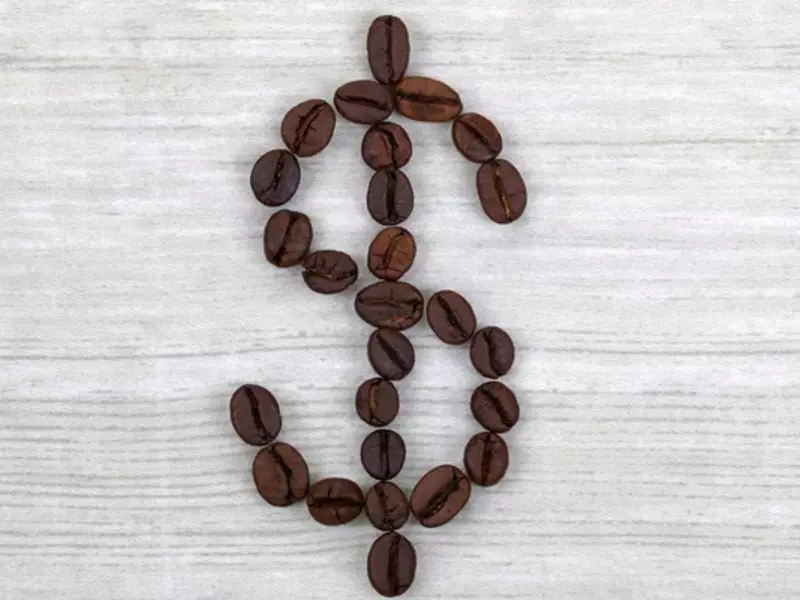Coffee Shop Profit Margins: Are They Good?

When considering a venture into the coffee business, many potential owners often ponder the profitability of such an endeavor. The scent of fresh coffee beans, the sound of frothing milk, and the ambiance of a bustling coffee shop might seem enchanting, but the real question is: does it translate to a favorable coffee shop profit margin?
Understanding the Basics of Profit Margins
Profit margins delineate the profitability of a business by showcasing the net earnings as a percentage of total sales. For illustration, if a coffee is priced at $5 and its production cost is $3, the profit amounts to $2. This translates to a 40% profit margin. However, these basic calculations often exclude broader expenses like utilities, rent, staff wages, and other operational costs.
When all these costs come into play, the margin can diminish significantly. For potential coffee shop entrepreneurs, grasping this foundational knowledge is imperative. It’s not merely about revenue; it’s about understanding what remains after all expenses are catered to. In the dynamic landscape of the coffee business, ensuring sustainable profit margins means constantly staying attuned to both revenues and outgoings.

Costs Associated with Running a Coffee Shop
A coffee shop’s ambient environment often masks the numerous costs integral to its operations. One of the largest expenses is rent, especially for those shops situated in premium, high-footfall areas. Beyond that, the cost of goods sold (COGS), which encompasses coffee beans, dairy products, pastries, and other consumables, can also rack up a substantial bill. Utilities like water and electricity, periodic maintenance of equipment, wages, promotional activities, and unforeseen overheads further extend the expenditure list.
Consider a hypothetical downtown medium-sized coffee shop that serves around 300 patrons daily. With an average billing of $5 per customer, the gross revenue stands at $1,500. However, daily operational expenses, which might include COGS, utilities, rent, and salaries, could sum up to $1,000, leaving a net profit of only $500.
Pricing: The Delicate Balance
In the bustling world of coffee retail, pricing strategies are pivotal in determining profit margins. Setting the price bar too high might deter a segment of potential customers. Conversely, underpricing can jeopardize the profit margins, making sustainability challenging. The golden mean lies in harmonizing price with value. A cup of coffee’s price isn’t merely a reflection of the beans and the brewing process.
It encompasses the ambiance of the shop, the expertise of the barista, the service quality, and the overall experience offered to the customer. For coffee shop owners, understanding their target demographic, gauging their willingness to pay, and delivering an experience that aligns with the price point is essential. Striking this balance can be the difference between a thriving cafe and one that struggles to keep its doors open.
The Impact of Volume and Efficiency
In the realm of coffee shop profitability, volume and efficiency wield significant influence over the bottom line. While profit margins provide insight into the percentage of profit relative to sales, the actual volume of sales amplifies the financial impact. A coffee shop serving 100 cups daily at a 40% margin might appear respectable, but another shop selling 400 cups at a 35% margin can yield more substantial returns.
Increasing sales volume can positively impact the coffee shop’s profitability. However, achieving higher sales requires strategic planning and execution. As coffee shops expand their customer base, word-of-mouth, targeted marketing, loyalty programs, and collaborations can play instrumental roles in boosting foot traffic.
Simultaneously, operational efficiency is the unseen force that optimizes resources and reduces costs. Efficiently managed coffee shops reduce wastage, streamline processes, optimize staffing, and utilize energy more effectively. By minimizing unnecessary expenses, the shop can retain a higher proportion of revenue as profit.
So, Are Coffee Shop Profit Margins Really Good?
Based on industry data, the average coffee shop profit margin ranges between 25% to 30%. However, when you factor in other potential revenue streams like selling snacks, merchandise, or hosting events, this margin can improve. On the flip side, unforeseen expenses, competition, or changes in consumer behavior can influence these margins.
For someone passionate about coffee and offering a unique customer experience, the coffee business can be lucrative. It demands hard work, constant innovation, and a keen understanding of numbers. While profit margins are essential, they’re just a part of the story. The real success in the coffee business lies in building a loyal customer base, operating efficiently, and staying adaptable to changing market dynamics.
